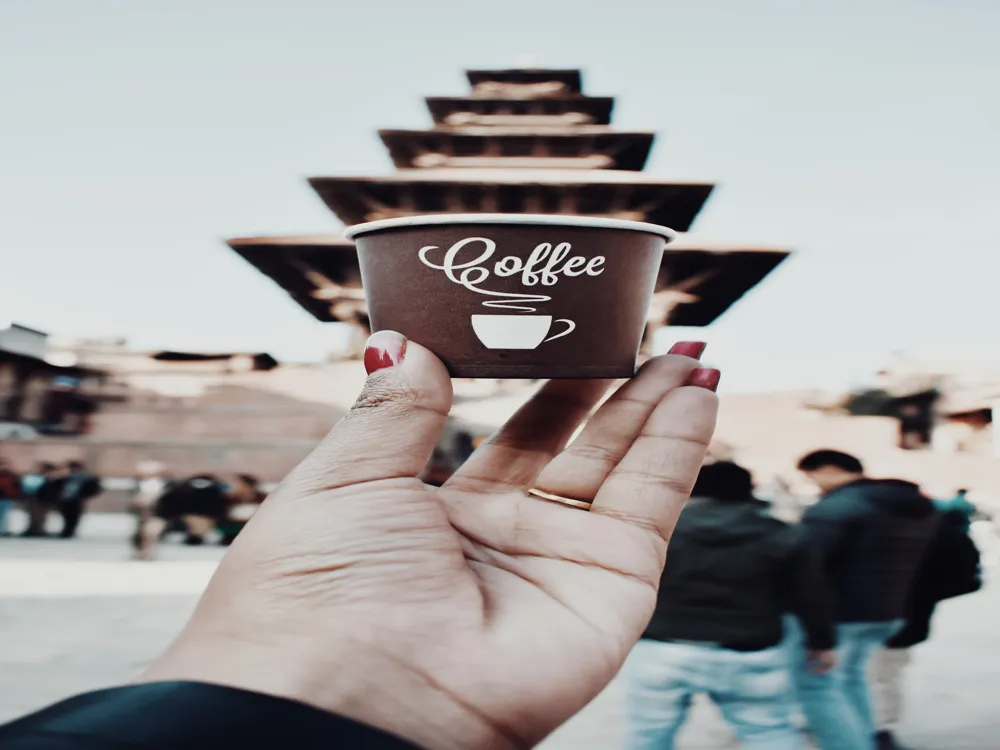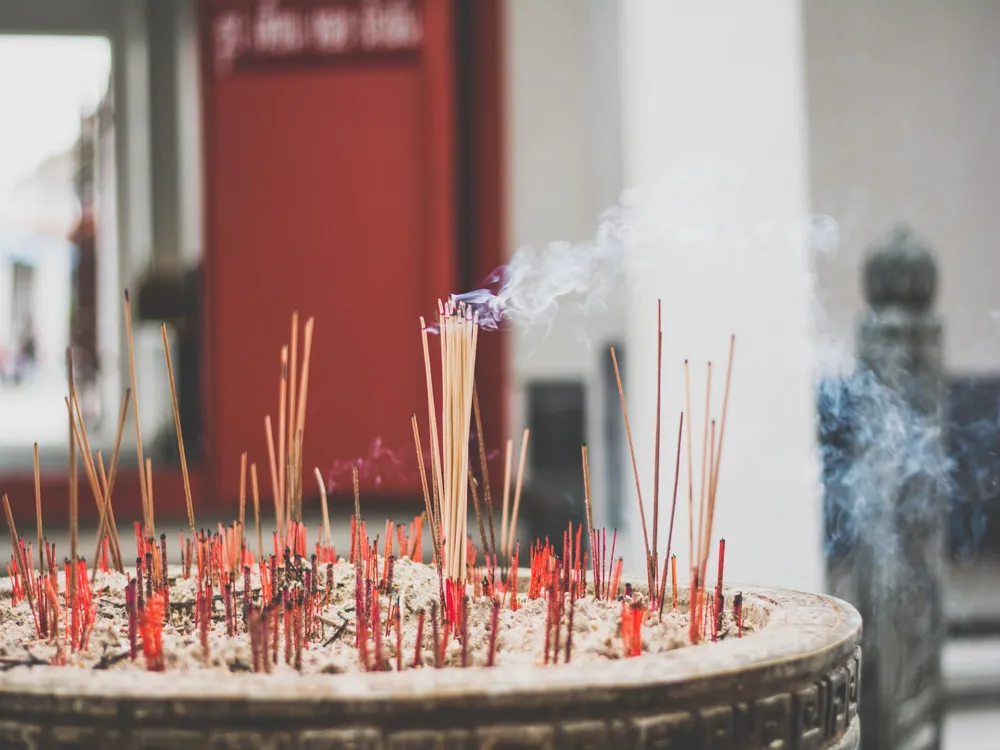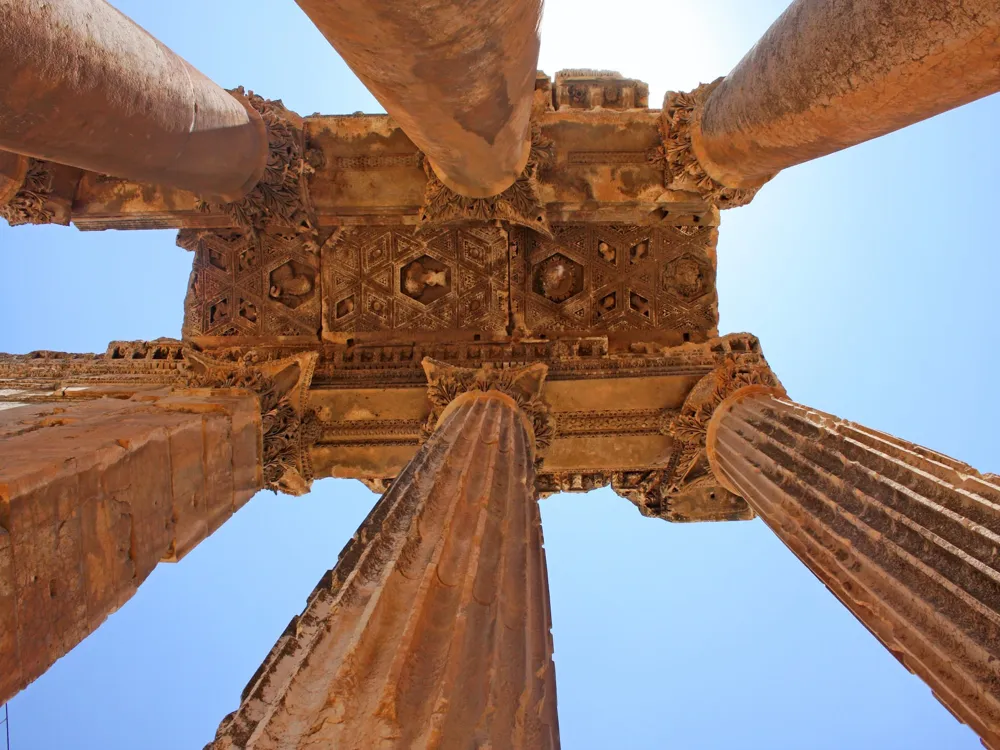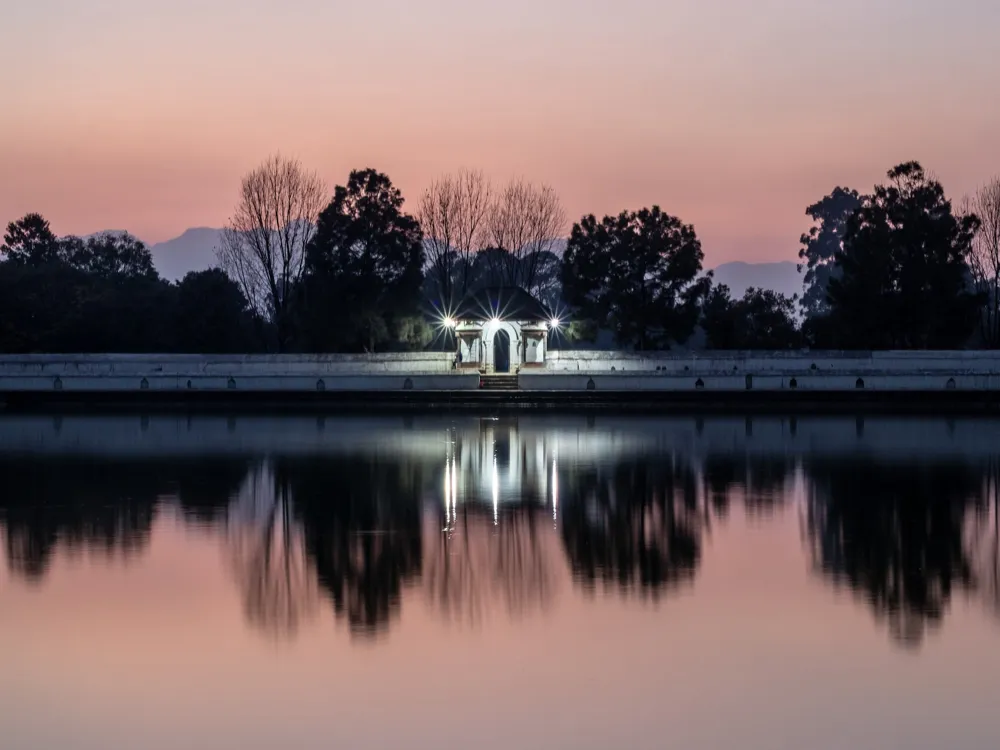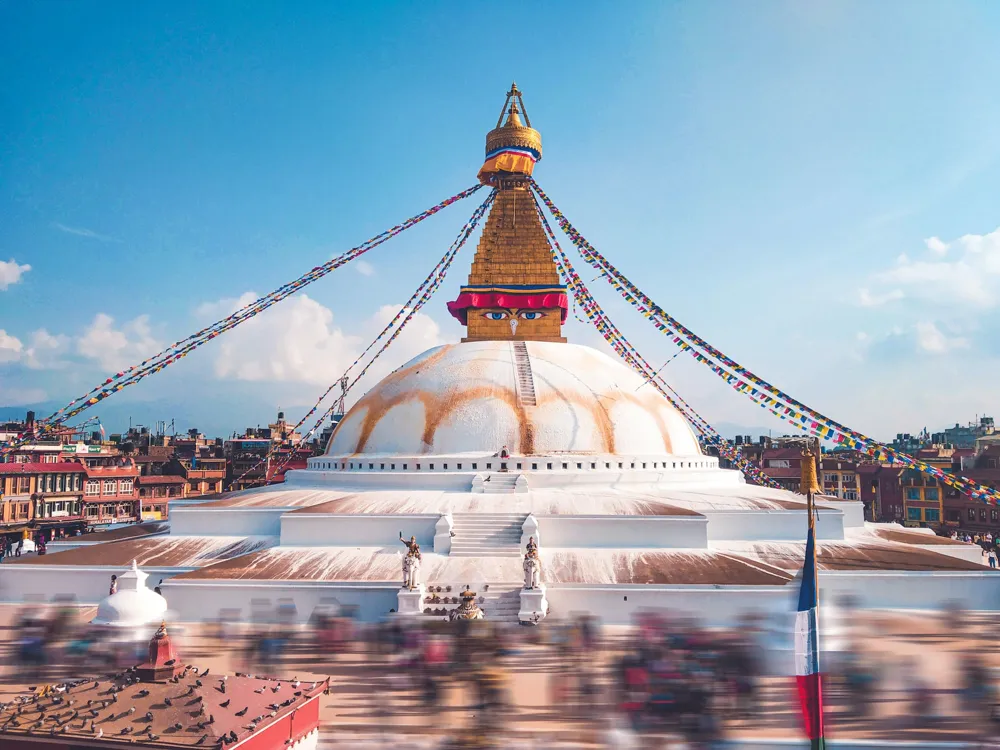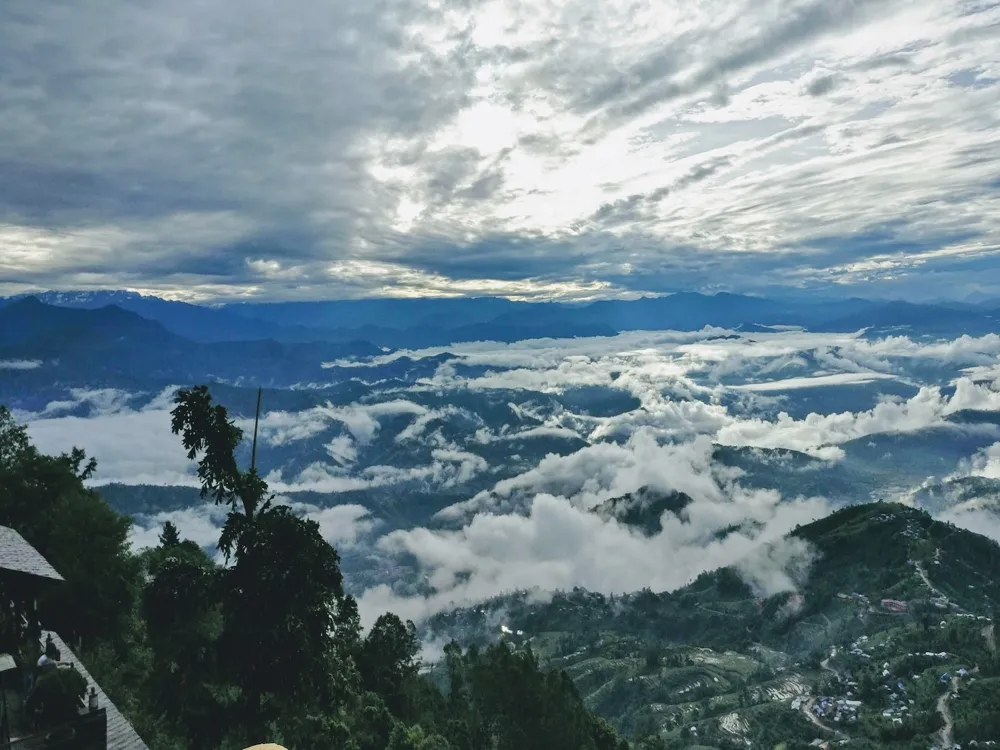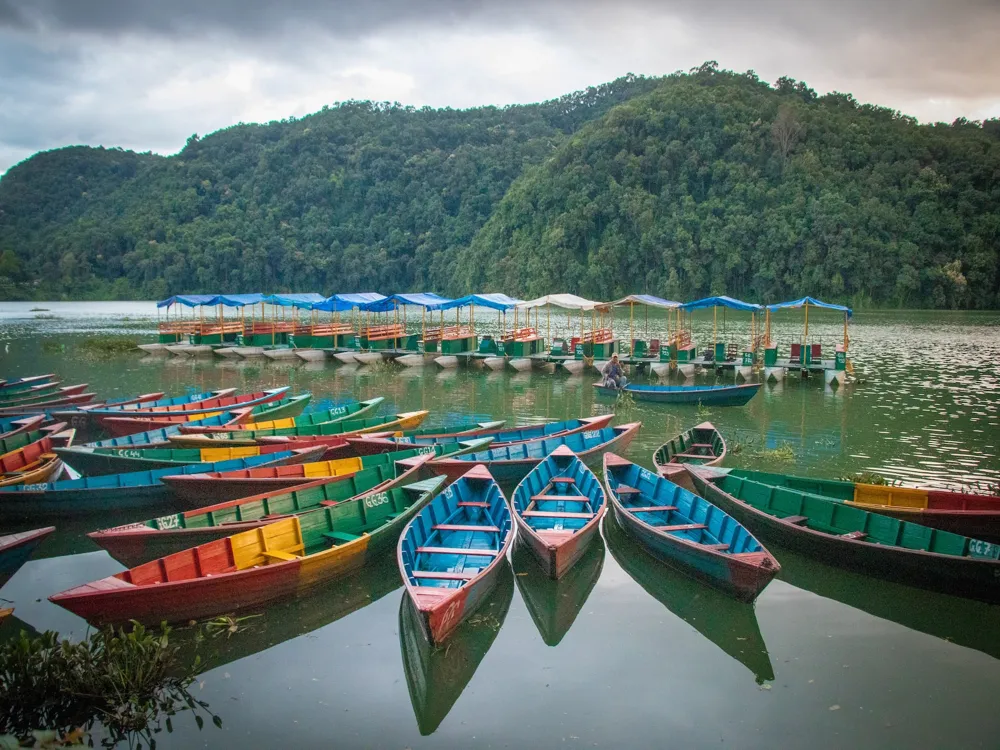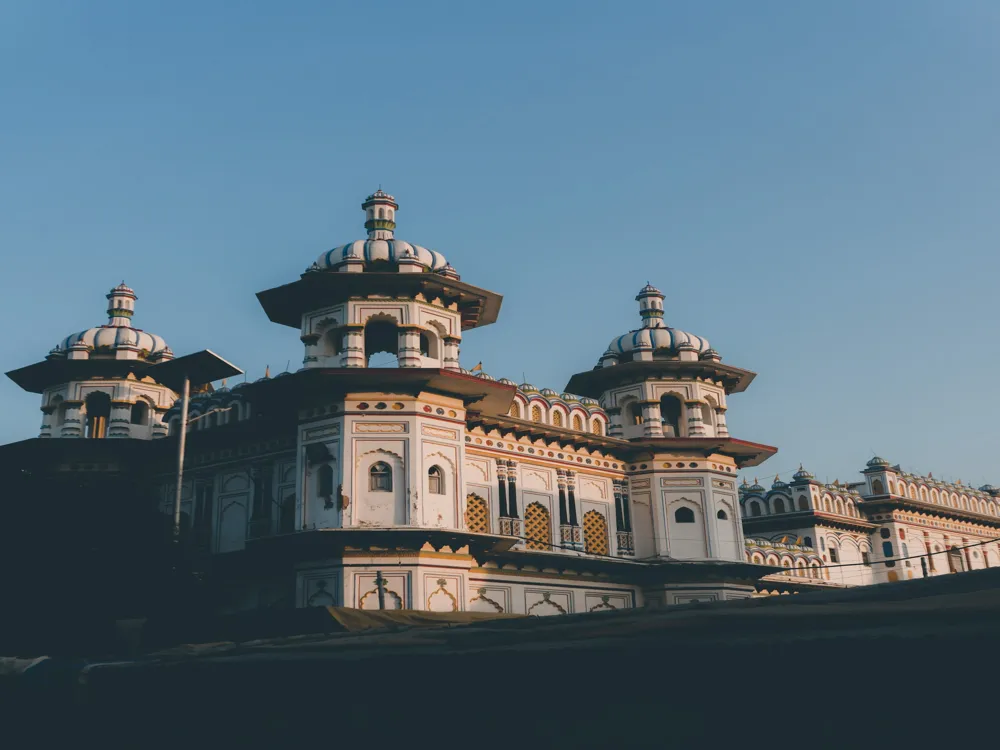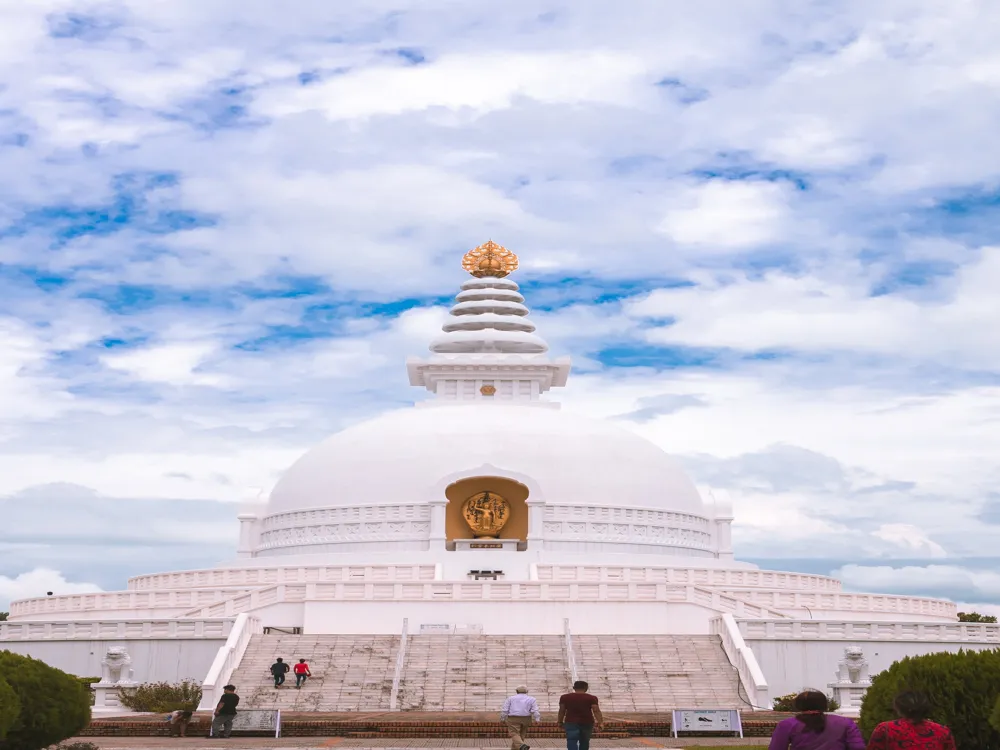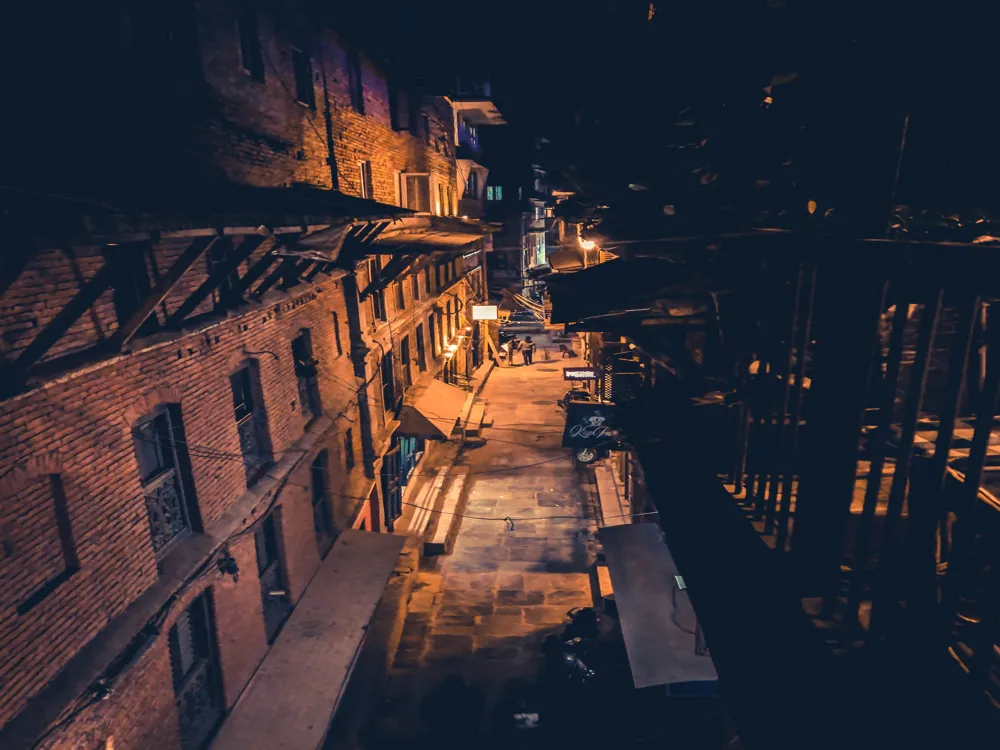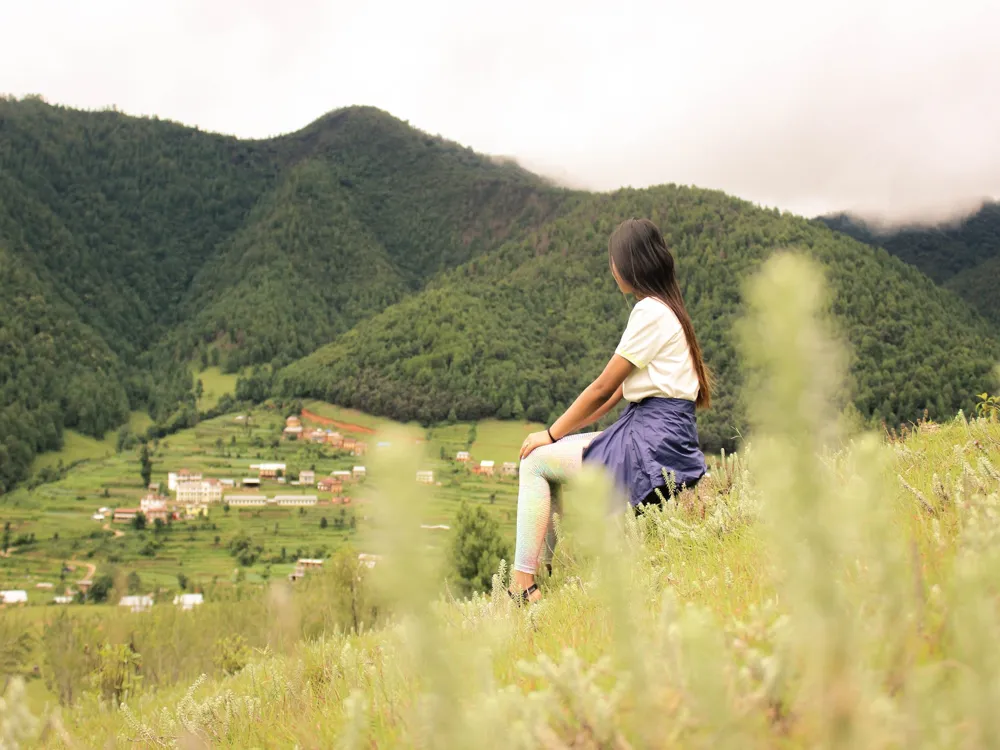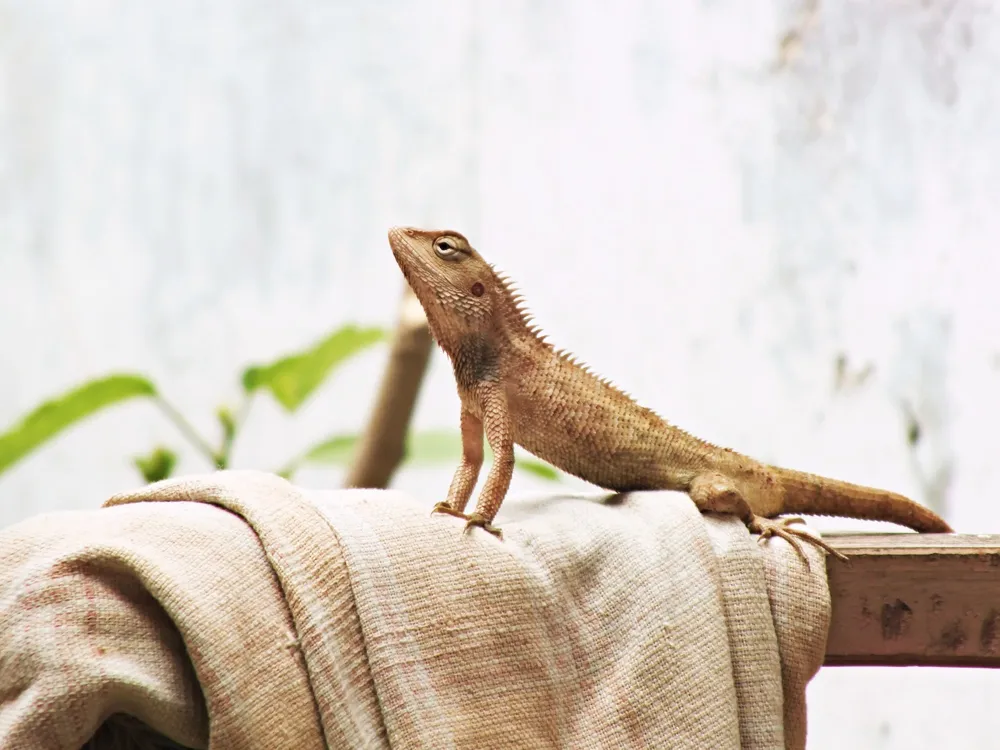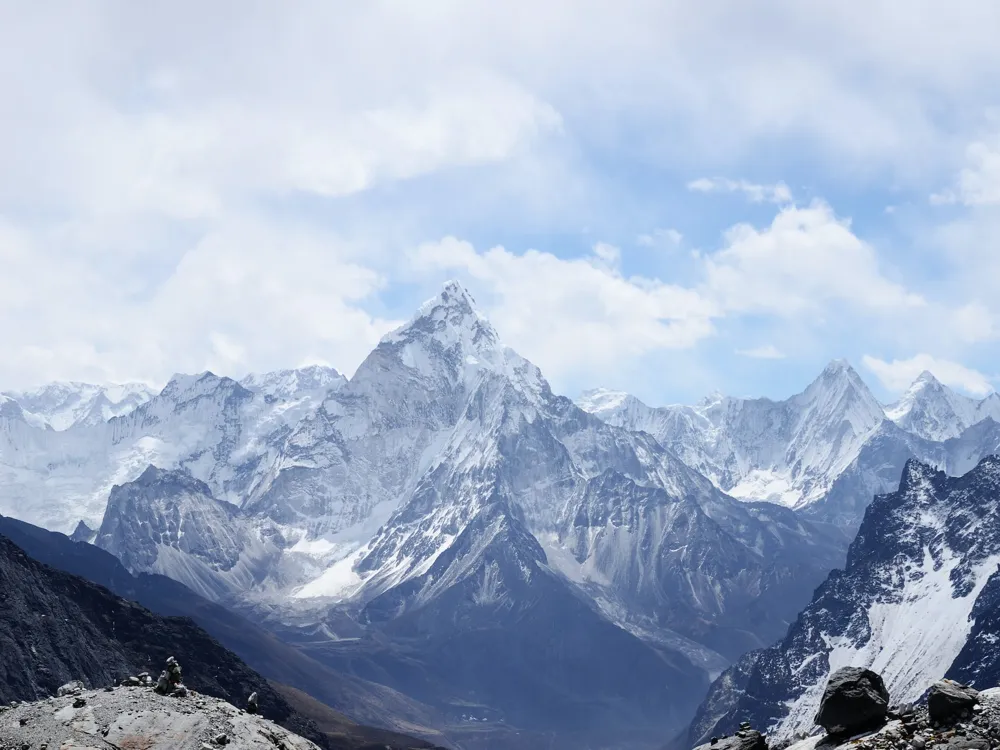Thimi, a hidden gem nestled in the Kathmandu Valley, is a remarkable town known for its rich cultural heritage and historical significance. Often overshadowed by its more famous neighbor, Bhaktapur, Thimi offers a unique experience that blends tradition, art, and history. This vibrant town, also known as Madhyapur Thimi, is renowned for its pottery and masks, which have been a part of its cultural fabric for centuries. The history of Thimi dates back to the Licchavi period, making it one of the oldest settlements in the valley. The town’s strategic location between Kathmandu and Bhaktapur made it a crucial trading hub in ancient times. Today, Thimi preserves its legacy through its well-preserved architecture, ancient temples, and vibrant festivals that reflect the town's deep-rooted traditions and beliefs. Visitors to Thimi can explore the narrow alleyways lined with traditional Newari houses, encounter the local artisans crafting pottery, and witness the town's lively festivals, which are a spectacle of color and music. Thimi's connection with agriculture, particularly its reputation for producing high-quality vegetables, adds another layer to its cultural landscape. The architecture of Thimi is a testament to the town's historical and cultural richness. The town's layout, buildings, and temples showcase a blend of ancient Newari architecture and influences from the Malla Dynasty. The architecture in Thimi is characterized by its intricate wood carvings, ornate window designs, and traditional brickwork that speaks volumes about the skills of the Newari craftsmen. One of the architectural highlights of Thimi is its temples, which range from small shrines to larger pagoda-style structures. These temples are not just places of worship but also serve as cultural hubs where festivals and community gatherings take place. The use of locally sourced materials, such as wood, brick, and clay, in these structures not only adds to their aesthetic appeal but also reflects the sustainable practices of the past. The residential buildings in Thimi are another aspect of its architectural charm. These houses, with their beautifully carved wooden windows and doors, tiled roofs, and courtyards, offer a glimpse into the traditional Newari lifestyle. The integration of open spaces, like courtyards and community squares, in the urban design fosters a sense of community and social interaction, which is central to the town's way of life. The ideal time to visit Thimi is during the spring (March to May) and autumn (September to November) seasons. During these months, the weather is pleasant, making it perfect for exploring the town. Additionally, visitors can experience local festivals like Bisket Jatra and Sithi Nakha during these times, which add to the cultural experience. Thimi offers a variety of traditional Newari cuisine that visitors must try. Dishes like Bara (lentil pancakes), Momos (dumplings), and Yomari (sweet rice flour dumplings) are not only delicious but also provide insight into the local culinary traditions. Visitors should be respectful of local customs and traditions. This includes dressing modestly, removing shoes before entering temples, and asking for permission before taking photographs of people or religious sites. Thimi is easily accessible from Kathmandu and Bhaktapur. Visitors can take local buses or taxis from Kathmandu, which is about 8 kilometers away. The journey offers a scenic view of the Kathmandu Valley and its surrounding hills. For those coming from Bhaktapur, Thimi is just a short drive away, making it a convenient day trip destination. READ MORE:Overview of Thimi, Bhaktapur
Architecture of Thimi
Tips When Visiting Thimi
Best Time to Visit
Local Cuisine
Respect Local Traditions
How to Reach Thimi
Thimi
Bhaktapur
NaN onwards
View bhaktapur Packages
Weather :
Tags : Town
Time Required : 1-2 days
Planning a Trip? Ask Your Question
Bhaktapur Travel Packages
View All Packages For Bhaktapur
Top Hotel Collections for Bhaktapur

Private Pool

Luxury Hotels

5-Star Hotels

Pet Friendly
Top Hotels Near Bhaktapur
Other Top Ranking Places In Bhaktapur
View All Places To Visit In bhaktapur
View bhaktapur Packages
Weather :
Tags : Town
Time Required : 1-2 days
Planning a Trip? Ask Your Question
Bhaktapur Travel Packages
View All Packages For Bhaktapur
Top Hotel Collections for Bhaktapur

Private Pool

Luxury Hotels

5-Star Hotels

Pet Friendly








